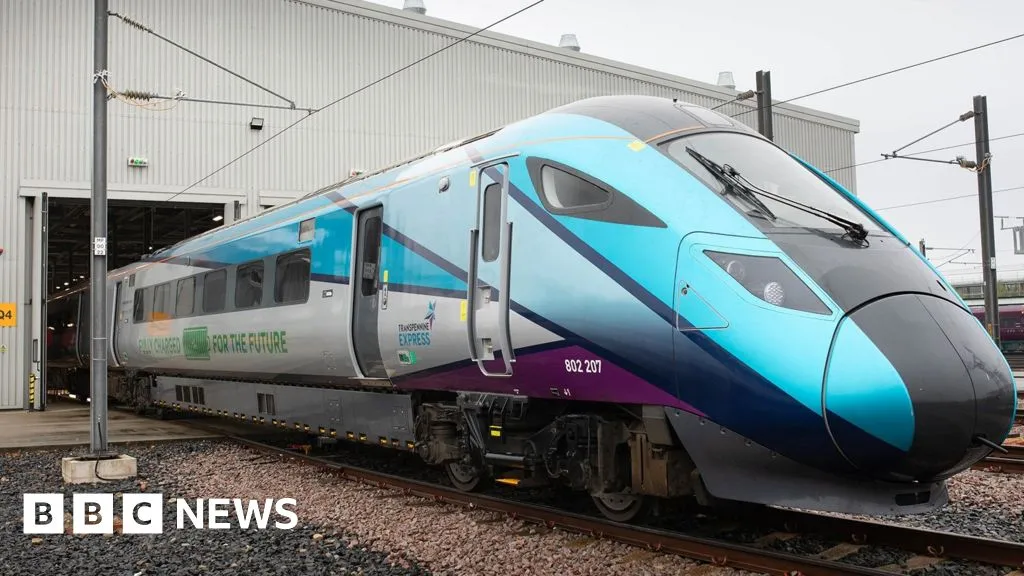- cross-posted to:
- bbc@rss.ponder.cat
- cross-posted to:
- bbc@rss.ponder.cat
Good to hear they’re not going with hydrogen trains (a pointless technology that in all circumstances is outclassed by one of the other options). Though for all but the most lightly trafficked lines, electrification would be the most economical.
I thought we were supposed to be moving to monorails world wide. That’s what Disney taught me
but UK experts say they could pose unique fire safety challenges.
Depends on implementation. We already have Lion cars with batteries that can be genuinely dangerous.
Trains are large enough that moving to LifePo4 is very practical.
These do not have the self ignite and supporting risk of other li tech. They are much safer than lead acid bats.
But even with lion. I feel safer with regulated train companies staff, then personal car owners maintaining them.
EV car fires are much less likely than ICE car fires. https://www.theguardian.com/business/2023/nov/20/do-electric-cars-pose-a-greater-fire-risk-than-petrol-or-diesel-vehicles
Agreed, but the issue is not qty. But the way they burn.
EVs use lithium-ion tech. These batteries haver the ability to self ignite and also self-support. IE, the chemistry of the battery provides fuel and oxygen independent of the environment. Making it pretty close to impossible to smother and put out the fires.
Lifepo4 is safer as it is not self-supporting and can be extinguished like any other fire. This is why modern boats use them. Where fire can be impossible to escape. But it is less compact in the amount of power per weight. So with smaller cars less desirable.
If the fires are four times as bad, but twenty times less likely, still a win. 😃
try 100 times.
The fires cannot be put out. They burn for days.
I’ve not found stats on how hard it is to put on when compared. I’m sure it significantly more, but 100 seams way too much. Tank of fuel burns well. It’s got more energy than the battery.
PS don’t get me wrong. I am in no way opposed to EVs. I just know a fair bit about li batts having had to build my own for my boat.
My comment was a comparison between trained train engineers maintaining batts on a train.
And home mechanics trying to fix cars at home. The risk levels involved. Not the advantages of ice vs ev.
It is just very important for folks to know EV bats and modern lion batts are very different to the tech we know. And need electronic protection to prevent charging fires. But can start runaway reactions when damaged in a crash.
There is a lot of anti-EV FUD out there.
I work a bit with EVs and we are an all EV family. A colleague of mine built a house battery out of two crash hybrid batteries. I’m a big believer in right to repair (and open source). I don’t think EV should be different. Car manufacturers are always looking for excuses to lock out independent repairs.
Most fire extinguishing involves starving the fire of oxygen and or fuel.
Given the batteries have both able to self sustain.
Consider instead how you would actually put a fire out. How do you starve it.
Remember top gear. When Hammond crashed the ev supper car. Took 2 days to stop it burning.
If the batts catch most fire brigades clear rather then try to extinguish. They try to remove plastic and rubber that will turn into prisoners fumes rather then extinguish the self supporting fire.
So yeah 100x is a reasonable guess.
I’m not sure. 100x is a lot. I read about it generating it’s own oxygen. Apparently it’s about cooling rather than just starving it, because as you say, it has it’s own oxygen. We’ll get better at it and the risks is continue go down.






